SUMMARY
This is AI generated summarization, which may have errors. For context, always refer to the full article.
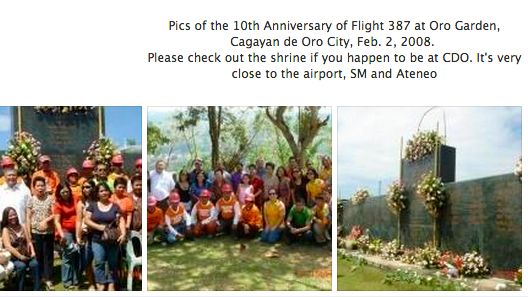
MANILA, Philippines – A few months after our eldest brother Rene died in a plane crash, the crew of the TV show I was with planned to take a trip to Mindanao.
One of the sites in the itinerary was Mt. Sumagaya.
I asked the team if I may go with them.
It was so treacherous a terrain that relatives of the passengers were not allowed to go up and be part of the search and rescue team.
Only experienced and seasoned mountaineers were allowed to do so.
I thought it would give me great comfort to at least see the mountain where he and 103 other airline passengers and crew died.
I was gratified that my friends from a mountain search and rescue team were part of the group because they could give me first-hand accounts of their experience. They were the ones who taught me that when there is still hope that the passengers are still alive, their task is labeled “search and rescue.”
However, when it is known that there is no longer any hope that the ones being rescued could be found alive, the term “recovery” is used.
We visited a lowland community and I saw some pieces of metal on the floor. I asked a man what those were and his reply was, “Ah, mga parte ng eroplano. Lagi na kasing umuulan kaya gumuguho na ang bundok. [Those are parts of the plane. Now that it’s always raining, soil from the mountain is eroding (bringing parts of the plane with it.)] ”
He said he intended to sell the metal parts to a junk shop.
I asked him how much it would cost for me to buy everything. I couldn’t leave the area without taking them home with me. I gave them to my sister-in-law.
I don’t really know what happened to those pieces of metal afterwards.
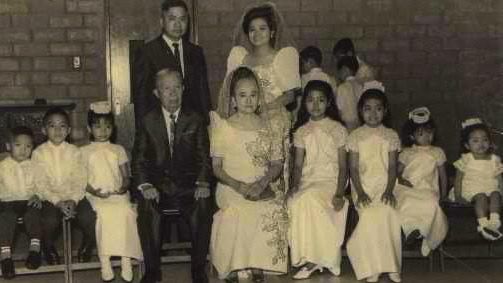
As soon as news spread like wildfire that a plane had crashed enroute to the airport of Cagayan de Oro City where our brother was based then, we tuned in to the radio 24/7. After about a day or two, it was announced that some passengers were found alive.
Of course, we were hopeful it was true. But then, they took it back. The news turned out to be false.
When a member of your family has been part of a crash and you are at that point from A to B that’s called “search and rescue,” you run the gamut of emotions: you deal with grief, sadness, hope, anger and resignation.
In the 8 weeks that the teams scoured the mountain for “search and rescue” and, eventually, “recovery,” members of our family invariably pigged out, slept it out, lashed at waiters…
Among the things that hurt was when people started condoling with us when nobody knew for certain if the passengers were already dead.
Relatives cannot accept that a member of their family has already died. They won’t believe it and won’t have closure until they see a body. The body of that relative.
And until they do, they will believe that the person is still alive and is merely under the care of a kind family.
Identifying remains is a harrowing experience for the aggrieved.
I found out later that although they showed me pictures, my friends from the search and rescue team deliberately kept some pictures from me because they were far too gruesome to take.
To appease our families, the airline only agreed to identification not of the bodies per se, but of pictures of the dead. That task fell on the lap of one sister.
After this “assignment,” she didn’t eat arroz caldo for 6 months.
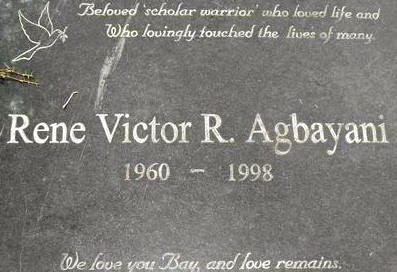
In the course of identifying our brother, we found out a lot of things we had hitherto taken for granted: the importance of dental records, birthmarks, moles, tattoos and even the jewelry of the deceased.
Remember Rolly Galman, the alleged assassin of Ninoy Aquino? He had his name sewn into his underwear.
We may have laughed at it back then, but it finally made sense to our family after the crash — until it no longer was a laughing matter.
We were also reminded to try to remember what were the last clothes worn by the passenger. Stripes? Plaid? Floral patterns?
Our loved ones didn’t come back to us whole. They came in parts: a shoulder here, a hand there. The clothes attached to the body parts determined if they were our relative indeed.
So every morning, when I leave the house, I tell my son: Look at me. Look at my clothes.
When he leaves the house for his office, I do the same thing.
Might sound weird to others, but this is how things have been for us in the last 14 years.
And I always tell my son, as I always tell others:
When someone bids you adieu, do not just grunt or say “Hmm.”
Stand up, look that person in the eye, shake his hand, give him a hug.
You never know if it’s the last time you’re going to see him.
Even if he is younger than you are.
– Rappler.com
Susan Claire Agbayani is a freelance writer and media consultant. While she currently writes for several local publications, she also contributes to the Singapore-based personal finance web site for women, liveolive.com. Claire has been writing for almost 30 years on music, art, culture, literature, business, politics, the academe and entrepreneurship.
Add a comment
How does this make you feel?
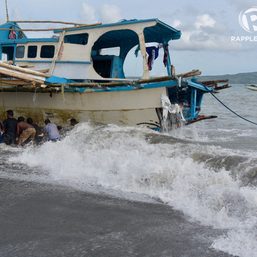

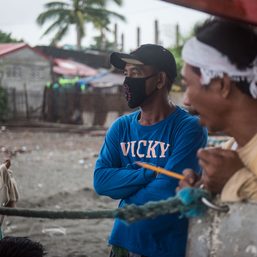
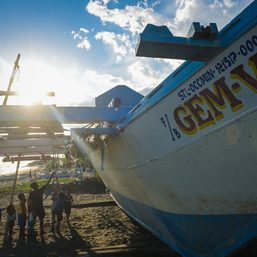
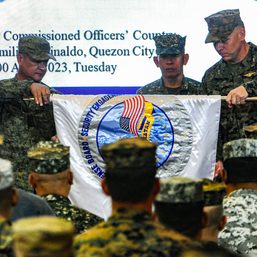
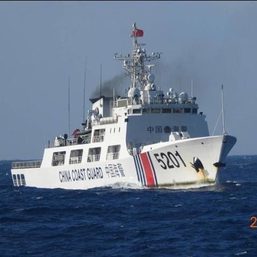

![[Newspoint] The lucky one](https://www.rappler.com/tachyon/2024/04/lucky-one-april-18-2024.jpg?resize=257%2C257&crop=536px%2C0px%2C1080px%2C1080px)


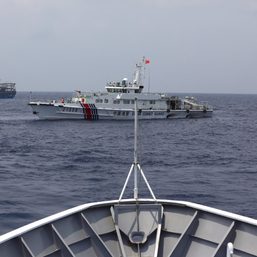

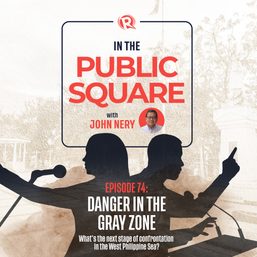

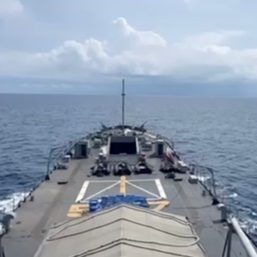

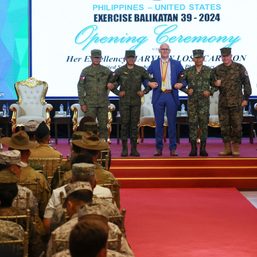
There are no comments yet. Add your comment to start the conversation.